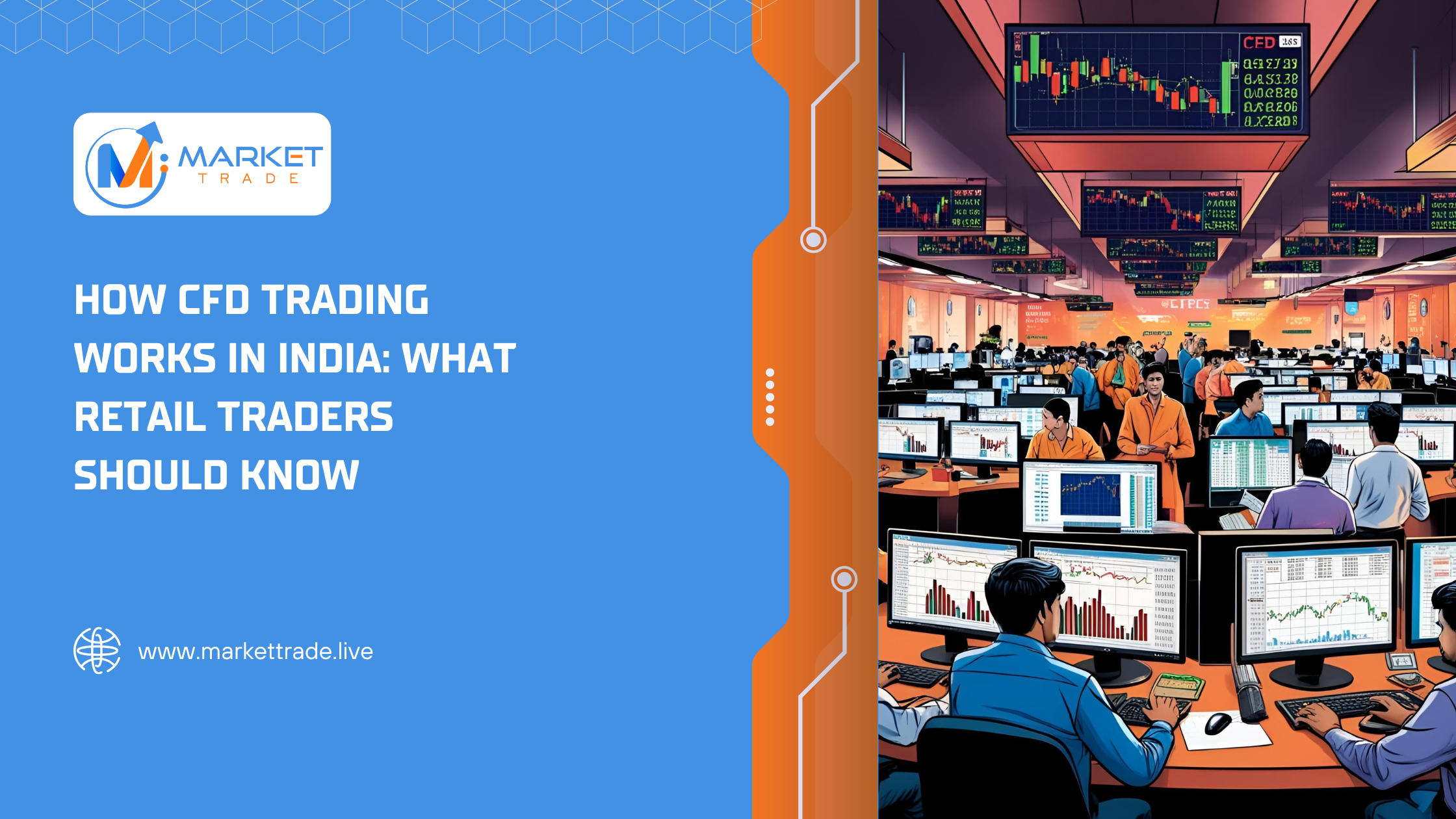
Ever wondered how some traders make big profits from small investments?The answer is often leverage trading — a powerful tool that lets you trade with borrowed money. Sounds exciting? It is.But it also comes with risk. In this beginner-friendly guide, we’ll explain what leverage trading is, how it works, and how you can use it wisely to boost your trading potential — without falling into common traps. 💡 What is Leverage Trading? Leverage trading means borrowing funds from your broker to open a larger trade than your actual capital allows.It gives you more exposure in the market — so your profits (and losses) are magnified. ✅ Simple Example: Let’s say you have ₹1,000 in your account. With 10x leverage, you can open a trade worth ₹10,000.If the market moves in your favor by 5%, you earn ₹500 — a 50% return on your original ₹1,000. But if it moves against you by 5%, you lose ₹500. Leverage multiplies everything — gains and losses. 🔢 How Leverage Works in Trading Term Meaning Leverage The ratio of borrowed funds to your own capital (e.g., 5x, 10x) Margin The money you actually put up to open the trade Broker The platform that lends you the additional funds Most brokers offer leverage for: Stocks Forex Commodities Crypto Indices ✅ Why Traders Use Leverage 🔹 1. Trade Bigger with Less Turn ₹5,000 into exposure worth ₹50,000 with 10x leverage. 🔹 2. Amplify Profits Even small price movements can lead to significant returns. 🔹 3. Diversify More Split your capital across multiple trades with smaller margin requirements. ⚠️ Risks of Leverage Trading While leverage increases potential profits, it also increases risk. Risk Impact Faster Losses Small market moves can wipe out your capital Margin Calls If your losses exceed a certain level, your broker may close your position automatically Overconfidence Bigger trades may lead to emotional decision-making 🧠 How to Use Leverage Safely (Especially for Beginners) ✅ 1. Start Small Use 2x or 3x leverage initially. Avoid 10x or higher unless you’re experienced. ✅ 2. Always Use Stop-Loss Protect your capital by setting stop-loss orders on every trade. ✅ 3. Don’t Use All Your Capital Keep some cash aside. Never go “all in” with high leverage. ✅ 4. Use a Trusted Platform Only trade with brokers that are transparent, regulated, and beginner-friendly. ✅ 5. Practice First Use a demo account to understand how leverage impacts your trades. 🔍 Leverage in Different Markets Market Typical Leverage Offered Forex Up to 50x Crypto Up to 100x (risky!) Commodities 10x to 20x Stocks 2x to 5x Tip: The higher the volatility of the asset, the more careful you should be with leverage. 🏁 Final Thoughts Leverage trading is like a power tool — extremely useful when handled with care. It helps you: Trade with limited capital Maximize market opportunities Grow faster if you manage risk well But without control, it can hurt more than help. So, learn the basics, practice your strategy, and start with small trades. Over time, you’ll develop the skills to use leverage as a smart, calculated advantage.






